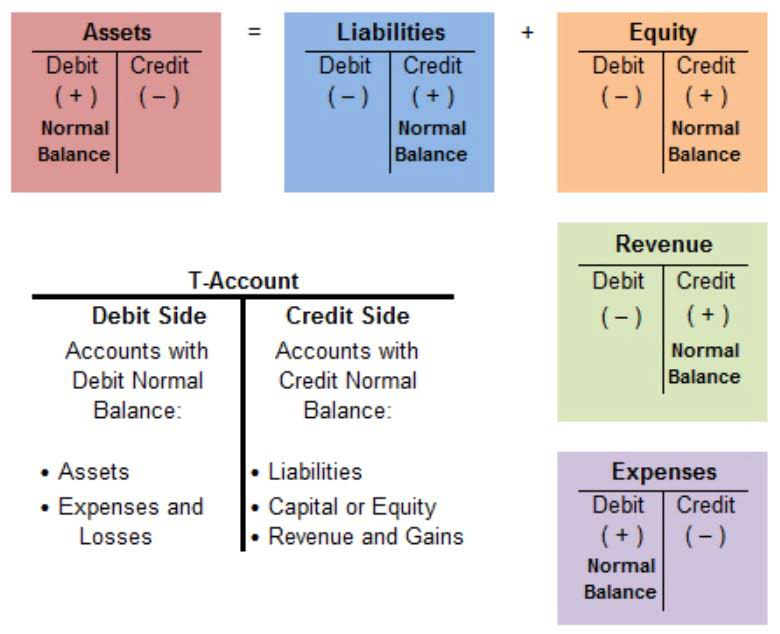
With Neat, there’s no waiting — you can connect your bank account with our software so you can see transactions as they occur. Smart bookkeeping can be the difference between financial freedom and living life in constant fear of not having enough money for the things you want and need. Managing your checking account is more than just balancing your checkbook once a month; it takes dedication to making sure you are doing everything you can to protect yourself and your money. When you don’t have enough money in your account to cover a payment you made, you will incur non-sufficient funds (NSF) fees, and you risk the payment not going through. This can be a pain to deal with, so banks have a service called overdraft protection.
- However, overdraft protection can incur fees as well, starting at about $25.
- You record on your balance sheet the amount that you haven’t paid yet to vendors and suppliers.
- Only demand CDs that may be withdrawn at any time without prior notice or penalty are included in cash.
- Your expenses might be your cost of goods sold, your building’s rent, your office supplies, your payroll, etc.
- The second entry required is to adjust the books for the check that was returned from Berson.
For example, if a bank lends $50,000 to a company, the bank is likely to deposit the loan proceeds in the company’s checking account by means of a credit memo. Read on for instructions on how to balance your checkbook (including a visual example) and reconcile your bank statement through both traditional and modern methods. You can also get tips for using your check register and keeping an account in good standing. The bank reconciliation is an internal document prepared by the company that owns the checking account. Account holders can check for discrepancies while reconciling their bank account with the bank statement. Account holders may have as little as 30 days to dispute errors, but timelines vary by account and state.
I have 2 checks that I wrote that was returned because of insufficient funds how do i balance that
In the traditional accounting process, you would credit your accounts receivable with the amount owed by the customer. Once the customer paid, you would debit the amount and move to your cash accounts. Balancing a checking account is important because you’ll need to know exactly where your money is when you need it.

Aggregators can be a great tool for anyone who wants to get a big-picture sense of their money. However, they can lull some people into believing that they are staying on top of their money chores because the aggregator does so much for you. If you simply let the aggregator do the work and never stop to check in, this kind of what is the term for bringing a bank statement and a checkbook into agreement? program will not replace manual balancing. You need to know what your money is doing and make sure you compare your (or the aggregator’s) records with the bank’s records. Accounts receivable refers to the money that you haven’t received yet from your customers for either your product or service (think of unpaid invoices).
How To Balance Your Account In The Electronic Banking Era
These aggregators allow you to see an overview of all of your financial accounts in a single place, from your checking and savings accounts, to your loans, to your college savings account. Such an aggregator will do the tracking and recording for you, so all you’ll have to do is check it regularly and compare it to your banking information to make sure everything balances. Your liabilities are items such as unpaid invoices, balances on your credit cards, and your business loans. Liabilities traditionally go onto your balance sheet with your assets and equities.
Keep in mind, a bank account is an asset to the company BUT to the bank your account is a liability because the bank owes the money in your bank account to you. For this reason, in your bank account, deposits are credits (remember, liabilities increase with a credit) and checks and other reductions are debits (liabilities decrease with a debit). If canceled checks (a company’s checks processed and paid by the bank) are returned with the bank statement, compare them to the statement to be sure both amounts agree. Outstanding checks are those issued by a depositor but not paid by the bank on which they are drawn.

